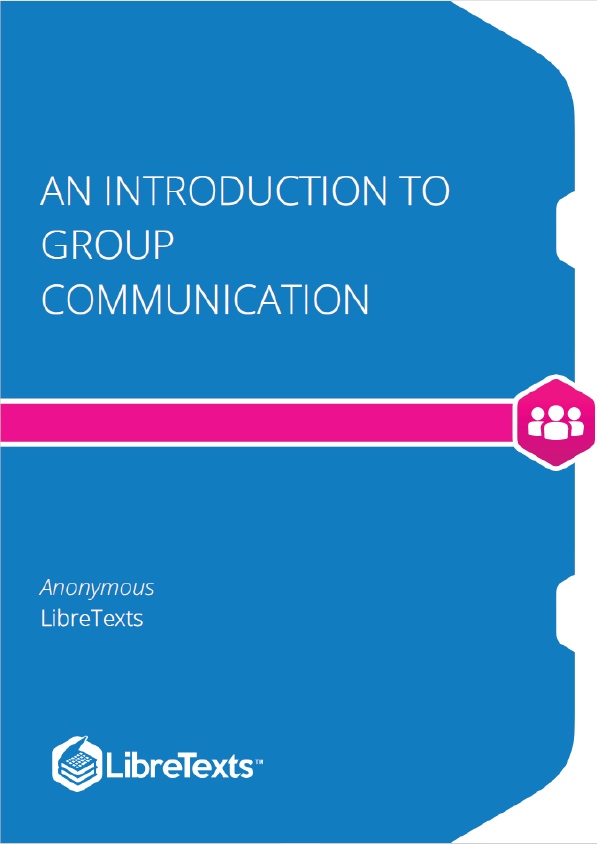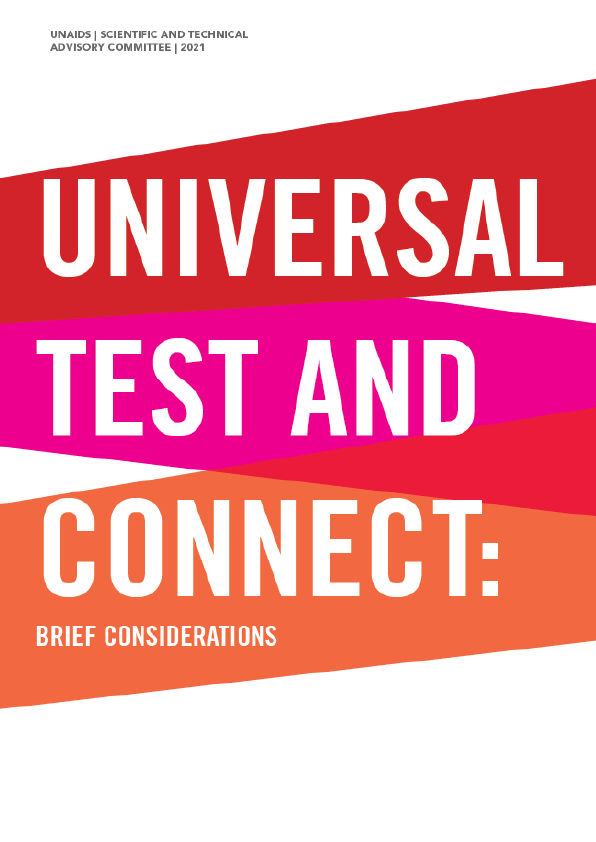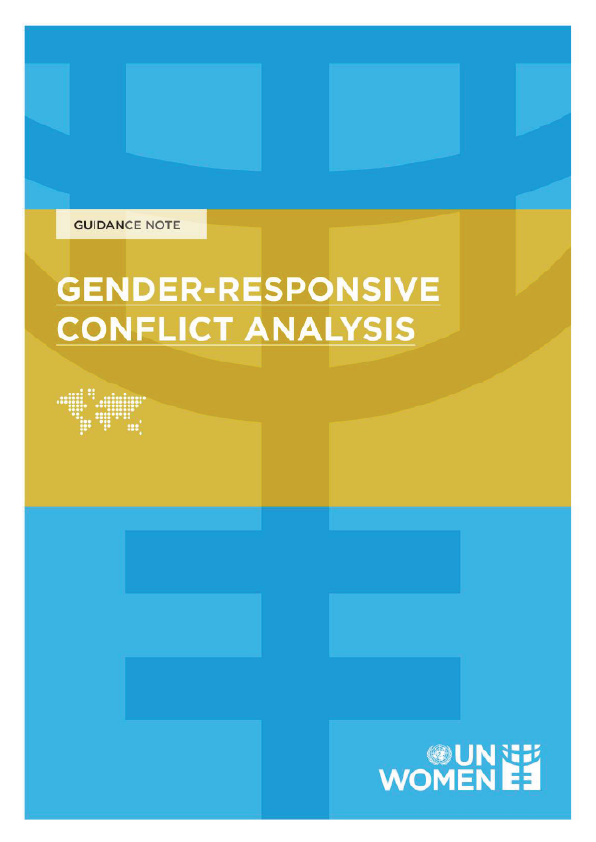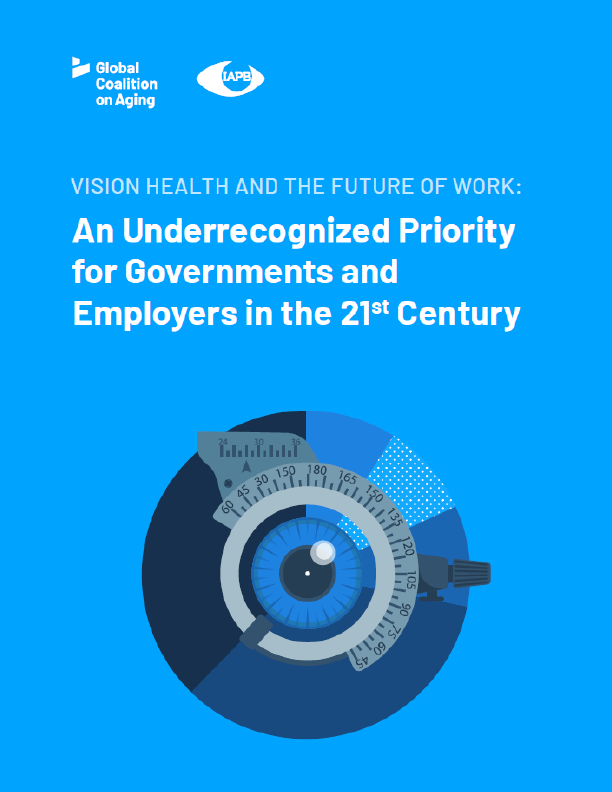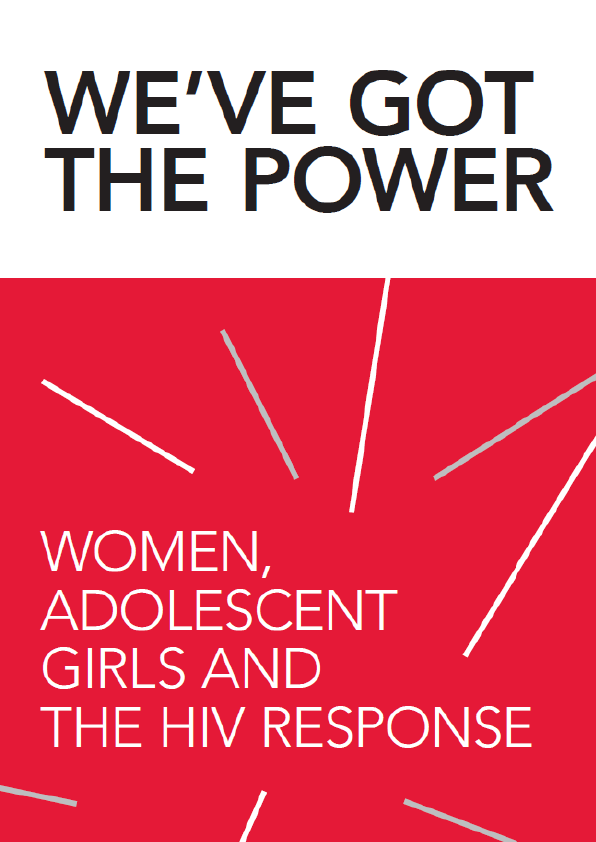This text offers a practical introduction to the theory and practice of group communication, with an emphasis on real world applications to develop an awareness, understanding, and skills to effectively participate as a productive group member. Through a clear and concise approach to group decision-making and dynamics in teams and leadership, students are presented with the tools needed to create plans, find solutions to problems, produce goods or deliver services, and evaluate their performance through self and peer assessments.
Getting Started
Communication is an activity, skill, and art that incorporates lessons learned across a wide spectrum of human knowledge. Perhaps the most time-honored form of communication is storytelling. We’ve told each other stories for ages to help make sense of our world, anticipate the future, and certainly to entertain ourselves. We gather around in groups and hear or see stories that say something about our world, our community, who we are. How did we learn the stories we tell each other? From each other. Groups and teams come together to create amazing movies. Artists gather together to produce songs that inspire us. People, effectively working together, can do the impossible.
Telling a story to your friends or peers draws on your understanding of yourself, your message, and how you communicate it to a group that is simultaneously communicating back to you. They respond to your story, perhaps tell a few of their own, and you feel like you are in a group. You are an individual, and a member of the group, at the same time. You are a member of many groups. Knowing how to communicate effectively as a member of a team or in a group is key to your success. You were not born knowing how to write, or even how to talk—but in the process of growing up you have probably learned something about how to tell, and how not tell, a story. When people stand around and want to know what comes next you know you have their attention. They are as much a part of the story as you are. When everyone is involved and listening or participating, it is a fun experience.
You didn’t learn to text in a day, and didn’t learn all the codes, from LOL (Laugh Out Loud) to BRB (Be Right Back), right away. In the same way, learning to communicate well requires you to read and study how others have expressed themselves, then to adapt what you have learned to your present task, whether it is texting a brief message to a friend, presenting your qualifications in a job interview, or making a sales presentation. You come to this text with skills and an understanding that will provide a valuable foundation as we explore group communication.
Effective communication, in all its many forms, takes preparation, practice, and persistence. There are many ways to learn communication skills; the school of experience, or “hard knocks,” is one of them. But in the real world, a “knock” (or lesson learned) may come at the expense of your credibility through a blown presentation to a client. The classroom environment, with a compilation of information and resources such as a text, can offer you a trial run where you get to try out new ideas and skills before you have to use them to communicate effectively to make a sale, motivate your team members, or form a new partnership. Listening to yourself, or perhaps the comments of others, may help you reflect on new ways to present or perceive, thoughts, ideas, and concepts. The net result is your growth; ultimately your ability to communicate in teams and groups will improve, opening more doors than you might anticipate.
